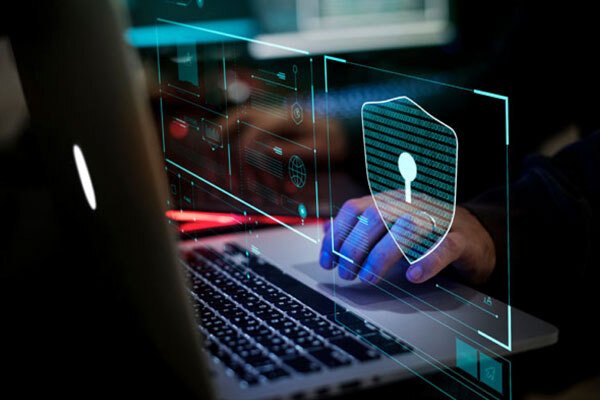 The security of government records and data has never been more important or more threatened than right now. Cybersecurity attacks at the end of 2020 – when a foreign government used compromised cybersecurity software to target multiple federal agencies and private organizations – highlight the stakes. But security is easier said than done, especially for agencies already struggling to meet aggressive digitization mandates. So, what are the best practices that offer the biggest security payoff for the least amount of effort? Here are the top five.
The security of government records and data has never been more important or more threatened than right now. Cybersecurity attacks at the end of 2020 – when a foreign government used compromised cybersecurity software to target multiple federal agencies and private organizations – highlight the stakes. But security is easier said than done, especially for agencies already struggling to meet aggressive digitization mandates. So, what are the best practices that offer the biggest security payoff for the least amount of effort? Here are the top five.
1: Convert to electronic records management
Electronic records management doesn’t guarantee perfect security, but it closes many of the gaps that continue to plague legacy systems that rely on manila folders and paper documents whose access cannot be adequately controlled. This is one of the underrated advantages of digital: access controls and audit trails. It’s much easier to both limit and track who accesses what records with electronic solutions than with paper-based processes. In fact, a good Electronic Records Manager (ERM) will not only provide a log of who access records, you’ll be able to see what they did with those records for complete visibility and transparency.
2: Monitor access permissions and limit access
This follows directly from the first best practice: If multiple users have access to sensitive information, it is important to implement policies and protections to prevent unauthorized access. Role-based access control is a critical element of any modern records management solution.
3: Use encryption
Encryption protects data by ensuring that even if hackers gain access to records, they won’t be able to read them. That’s why it’s so dismaying that only 15% of respondents to the Federal Edition of the 2021 Thales Data Threat Report encrypt more than half of the sensitive data they store in the cloud. You should be able to expect strong encryption capabilities from your records management providers. Make sure you’re using those capabilities.
4: Audit your ERM tools and processes regularly
As with encryption, if you use an ERM with audit and audit tracking capabilities, use them! Conducting regular internal audits will help you keep your records system up-to-date and prevent a data breach. This is particularly important as technology constantly changes, so it is important to regularly review and test all of your documents and systems to keep them secure.
5: Train and equip employees appropriately
Your security protocols are only as strong as your weakest link and, unfortunately, your employees are often your biggest point of vulnerability Train your employees to be aware of the various types of threats that they could face. Similarly, you can’t expect your employees to handle records safely and securely if they don’t have the necessary tools and equipment to do so. For example, if shredders aren’t readily available, are hard to access, or are hard to use, you can expect that some documents that should be shredded to instead just be thrown away. Make sure everything they need is at hand for proper document disposition.
About PSL
PSL is a global outsource provider whose mission is to provide solutions that facilitate the movement of business-critical information between and among government agencies, business enterprises, and their partners. For more information, please visit or email info@penielsolutions.com.

